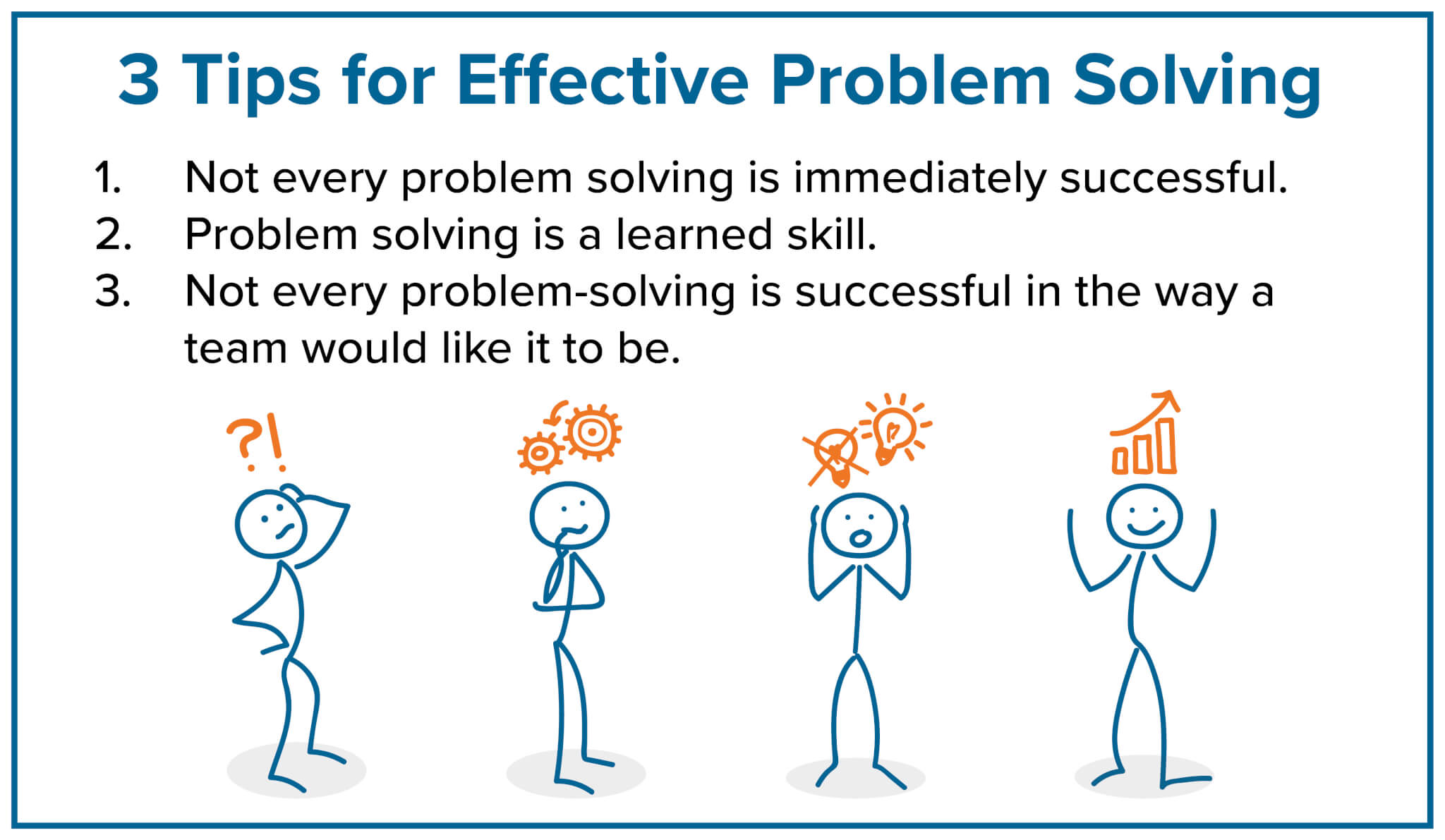
The team at DISHER loves to problem-solve. We take on many roles with clients where we put our hours of problem-solving training and experience to work.
Some of our favorite structured methods include: Six Sigma, Shainen, KT, Practical Problem Solving, A3 problem solving, and 8D problem Solving.
However, the complete list of problem-solving tools is endless. Each process is excellent with countless anecdotes for saving time and money— and for making epic breakthroughs.
Sometimes problem-solving training may create false expectations. Keep these three tips in mind as you go through the process.

Broken Lever Case Study
Let’s take a look at a recent project of mine which perfectly illustrates each point.
The problem statement: Two different plastic levers are breaking at a much lower-than-required cycle testing during validation.
The problem-solving journey: To solve the lever-breaking problem, the team dove in using effective problem-solving tools such as: Ishikawa’s, 5-Why’s, Is-Is/Not’s, and others. In addition, we used sophisticated technology, X-ray equipment, Failure Effects Analysis (FEA), and Strain Gages.
1. Not all problem-solving is immediately successful
Problems aren’t always solved correctly the first time. Over a period of months using our problem-solving tools and engineering analysis, the team determined optimum materials and two new designs. An FEA indicated both designs were expected to pass testing without issue, with Lever 1 having lower strength characteristics. Lever 1 was available for testing, but it would take some time to get samples of Lever 2. Crunched for time, the team tested the weaker lever. The weakest lever passed (3x’s) the accelerated life testing without issue. After a lot of high-fives, the team considered the problem solved. Then samples of Lever 2 arrived, and PV testing began. Approximately one fourth of the way through testing, the unthinkable happened. Lever 2, the stronger lever, broke. What was thought to be the successful solution, turned into another data point.
2. Problem-solving is a learned skill
How many of you have heard the statement, “We don’t have time for that, we need a fix NOW!” Too often people resort to knee-jerk solutions, shotgun approaches, or the pull the trigger and hope something hits the target plan.
It is likely you’ve experienced a response like this when suggesting a proven process for problem-solving, (i.e. Six Sigma, PDCA, DMAIC, KT, and Shainen).
Don’t be afraid to explore different problem-solving processes but be sure to use a process. Problem-solving is a learned skill that will influence better solutions.
The more a team navigates through the process, the more learning will take place. Both for the specific problem at hand and for future problem-solving navigation.
Do not be tempted to skip steps in the process. Always walk the GEMBA walk— even if it was done in previous iterations of the process. Diligence and focus are key differentiators to problem-solving success.
In our example, during GEMBA walk 20 (of which 19 of them felt like a “waste of time”), the team finally had a breakthrough. A team member noticed a slight bounce (vibration), during validation cycling where the actuator engaged with the levers. It was very slight, and not on every cycle; however, it was there.
The solution to the problem was in the bounce. Strain-gage testing revealed that the bounce was adding many times more stress and many times more cycles than intended for validation.
Be encouraged to stick with your process and don’t give up! The team that was working on the levers stayed with the process and had to start over multiple times. Each lesson learned added clarity and focus to the problem statement.
3. Not all problem-solving is successful in the way a team would like it to be.
The team wanted the enhanced design and the new material to be the solution, not the bounce in the testing. Nevertheless, the problem-solving process was successful.
From the beginning of validation, the bounce created a condition where we were over-testing the parts. This resulted in the team overdesigning the parts. To verify the hypothesis, parts from the original failed lots were tested appropriately without the bounce and both passed.
Problems are often messy, with no clear lines to the solution. Expect a problem-solving effort to be iterative. Problem-solving is a learned process that requires focus and commitment. The process requires the constant input of new data. Go where the data leads … even if it’s not what the team expects (or wants). The answer is the answer.
I’d love to hear what problem-solving methods you use regularly with success! If your organization is looking for ways to strengthen your quality processes and outcomes, give us a call.
We are like a problem-solving SWAT team ready to go to work for you. We not only have the degrees and certifications, but real-world experience to take your operation to the next level of productivity and performance.
Written By:

Jay Vanderboon
ASQ Certified Six Sigma Black Belt
DISHER Newsletter
Sign up to receive articles and insights, delivered monthly.
Schedule a no-committment project call
Reach out to discuss your project to find out if DISHER could be a good fit for you.
